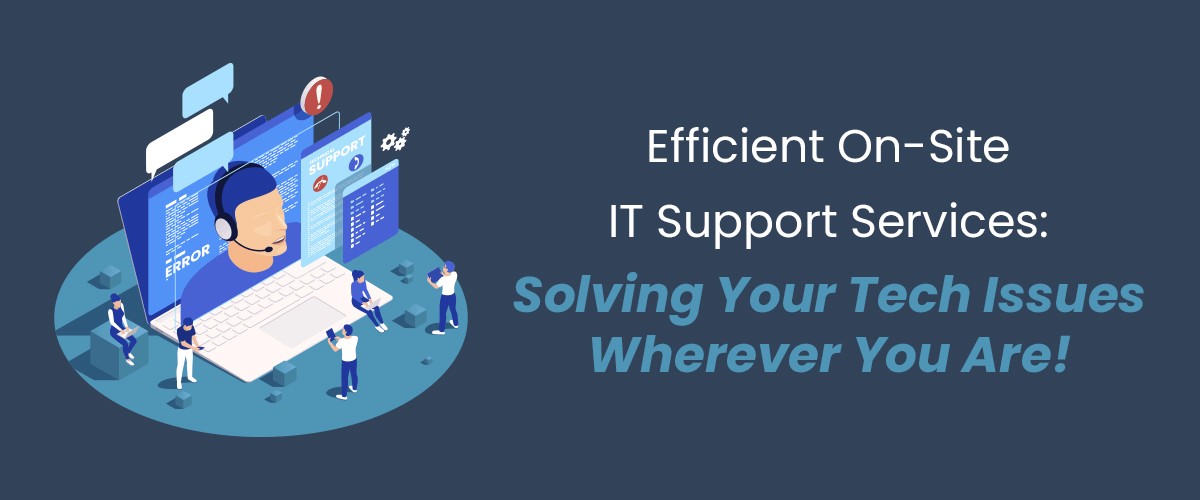What Are The 3 Primary Aspects of Network Management?
The network is a vital part of the IT environment – at its core, what are the most important elements of network management?
Think, for a minute, about the many, many parts of a modern IT infrastructure. What comes to mind?
First, you’ll likely think about the parts of it that you and the other staff members actually deal with. The desktop computer that you start up each morning and turn off each night. The printer that you fight with every time you need something in hardcopy. The router with the signal that doesn’t make it quite all the way to the smoking section outside the building.
But what about the other parts?
Think beyond the aspects that represent the user interface. Consider the servers – do you know if they are they stored in a closet or server room on site? Or maybe they’re taken care of a few, or even hundreds of miles away, in a data center. Depending on what cloud applications you use for business every day, the servers you’re relying on may be on the other side of the country.
That’s not all though. You’ve got the technology you use and the technology behind the scenes that you rely on – but what’s the third part of an IT environment? What ties everything together?
The network.
Why Is The Network So Important?
Often the least thought of aspect of an IT infrastructure, the network is just as vital as any other part – why? Because it’s everything. Both literally and otherwise, the network ties everything together, and by definition, includes all aspects of the environment.
Think about it this way. Your heart may be the “star”, the big name of your cardiovascular system, but in reality? It’s your veins, vessels, capillaries, arteries, and other connective parts that make the whole system work. Without them, your heart could pump all it wants – nothing would get anywhere.
Similarly, it doesn’t matter how new and expensive your desktop computers are if they’re not connected to anything. Especially given the prevalence of cloud computing in today’s business world. Whereas at one point, locally-stored data on desktop computers that weren’t connected to a network were “good enough”, these days it’s more likely than not that you’re storing data in the cloud. That means a functional network is a must.
In the same way, it doesn’t matter how fancy and well maintained your servers are. Whether you manage an optimized onsite server farm or pay a huge monthly fee for access to server space in a Tier-3 data center, that will all amount to nothing if your network isn’t managed properly.
So, what’s the answer?
What Are The 3 Main Steps To Managing A Network?
Configure Your Network To Encourage Work
This is a fairly simple idea – if your network is set up to allow employees to go on social media, or access sports and entertainment websites, can you really be sure that they’ll be doing their work every minute of the workday?
Maybe. Maybe you have a staff of truly ethical and committed hard workers who wouldn’t even consider wasting their workday doing something frivolous online.
But it’s not likely.
If you want your staff to focus on their work, then simply take away the distractions. Configure the network to block websites that you don’t need for business purposes.
Implement Security Standards – And Keep Track Of Them
Security policies are a vital part of network management because they allow you to standardize the way employees handle their access to business data. By deploying a range of monitoring systems and best practices, you can eliminate variables that would otherwise degrade network integrity. Be sure to consider email monitoring, password policies, personal web use standards, compliance validation, access control, and identity management. Put simply: all of this can be verified through regular security training for the whole staff. When they understand their role in the security of their network, they’ll do a better job of maintaining it.
Keep An Eye Out
Depending on variables like network complexity, the availability of network management personnel, and others, it can be easy to lose track of activity on a given network. That’s why it’s so important to implement a system or solution that will raise the alarm when something out of the ordinary occurs. Whether this is an automated monitoring solution or a team of IT technicians dedicated to the task, it’s a vital part of network management.
Long story short: the network is simply too important to overlook, just because it’s not the technology you see or think about every day. The best way to protect your network and ensure it’s being used properly for business purposes is to work with an expert partner like K2 Technologies. We’ve recently been named a Premier Partner by Calyptix Security and will equip you with their proven network security and management solutions.
Like this article? Check out Watch Out for This New Type of Scam Email! The Hidden Costs of Your Next Data Breach or What Are The Top Cybersecurity Predictions For 2019? to learn more.

 Mon-Fri 9 AM to 5 PM Mountain
Mon-Fri 9 AM to 5 PM Mountain 888-686-3025
888-686-3025



